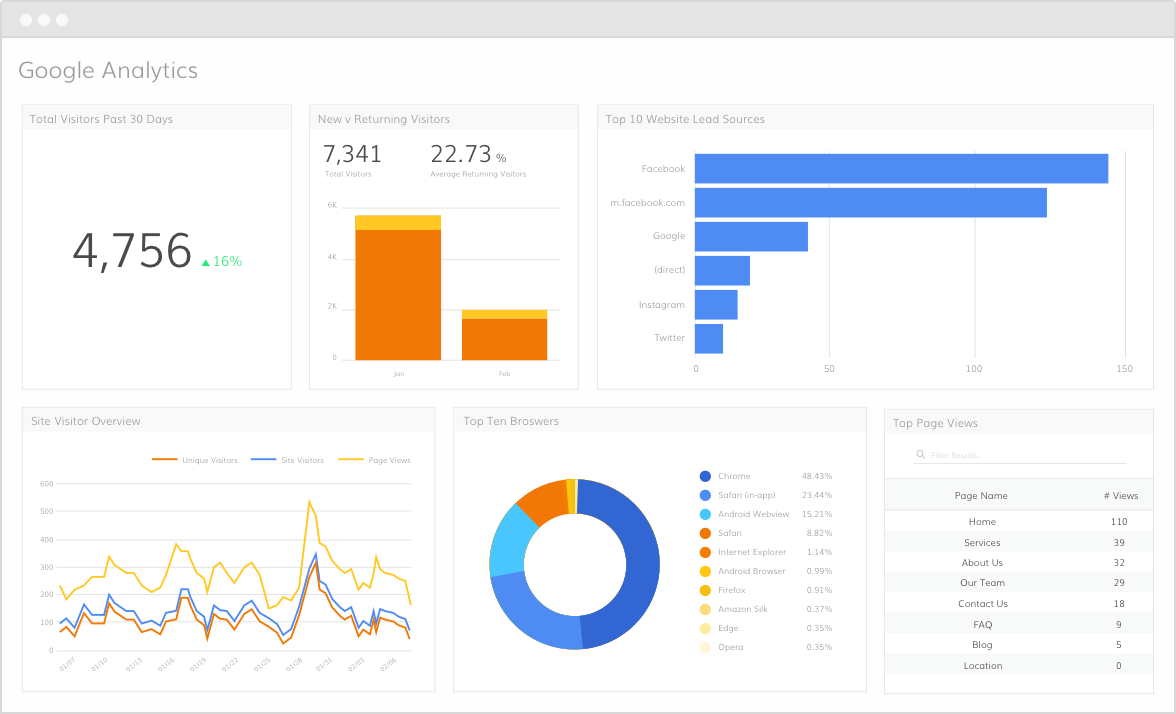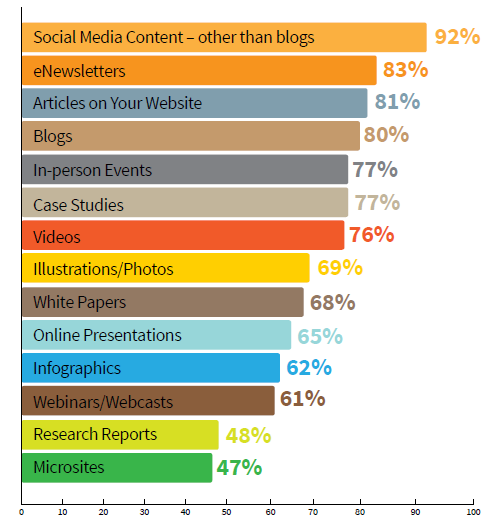‘’Excuses, Excuses, Excuses! Skipping research might seem like a tempting shortcut, but it’s an incredibly risky move.’’
Great design journeys begin with great user research. In other words, user research keeps people at the center of the design process and products which are meant to inspire the design, analyze the solutions, and to evaluate the impact. There are times when getting direct access to your users may sound tricky and you fail to gain direct access to your users. In response to this situation, user research comes into play. User research is far more than a mere guess and proper research is conducted to create a truly great product that satisfies your users’ goals and delivers a fantastic user experience. Being oblivious to the requirement of your audience from the onset can drive the final product to be unusable as well as spell doom for the business.
Without research, we’re just guessing and proposing explanations for a phenomenon. Sure, these might be some well-educated guesses based on years of experience. However, how can someone be certain that the solutions are the right ones? To be certain, we need to understand a user's needs, behaviors, experience, and motivations, which is only possible when we conduct the process of solving a user's problems i.e user research.
In this article, we will be discussing user research basics, even when you can’t talk to people/users. But before we start, let’s take a quick look at what user research process actually is, along with some ideas to start to gain real user insight when contact with the users is totally off the table.
User Research: An Overview
Typically done at the start of a project but extremely valuable throughout, user research means the methodic study of target users which includes the needs and pain points of the users being targeted. Doing so helps the designers to create the sharpest possible insights into work to make the best designs. Not to mention, realizing the importance of user research method helps the designers to find out the true needs and motivations of the clients. Moreover, user research is a great opportunity that includes the user in the design process via collaboration. By collaborating with users, designers are able to create a user-centered design, which is crucial to creating a successful product for the users.

Indeed, user research is the only way to discover the exact needs of the users, having first found out precisely who they are. To set out to generate these facts, user researchers use various methods to expose problems and design opportunities and eventually find the crucial information to use in their design process. User research assists designers to uncover important and useful insights about the user and their respective needs. Until you know your user and their needs, emotions, feelings, struggles, etc, you won’t be able to deliver a great user experience research.
Repercussions of zero contact with customers
Irrespective of the time designers spend to conduct user research, there are possibilities that the outcome generated is dud. Yes, you heard it right. User research without involving users may lead to bad outcomes, even when the best designers and savviest stakeholders make them. In other words, when you don’t involve the actual users, you fail to understand the opinions, needs, thoughts, etc of the users and are probably jeopardizing the design intelligence. As a result, confusion occurs in both directions i.e. the user fails to understand what the site was trying to tell and the site definitely doesn’t understand what the user wanted. The following are some of the possible consequences that user research with zero contact with customers leads to:
-
The wrong users

First things first, the most serious problem that zero contact with customers can give rise to is the selection of wrong participants. The most obvious reason for conducting user research with the wrong users is the mistake that occurred in recruiting the research participants. When you perform user research with participants who do not represent your target audience for a product, any or all the findings gathered are likely to be incorrect. Further, the information derived from the wrong audience can lead to the creation of a product that does not apply to the actual users. Consequently, the actual users fail to adapt the product created which leads to project failure.
-
Excluding Important User Groups

Ideally, user research plan must include multiple participants from each user group comprising different needs, tasks, and characteristics. However, there are instances when researchers try to focus only on one or two key user groups instead of multiple user groups to save time and money. This step is generally taken when the researchers don’t have the access to the audience. When you decide to exclude the user group who have different needs or may use the product in different ways, you end up basing your design decisions toward the needs of only the people you did include.
-
The Wrong Questions

One of the biggest obstacles that user research with no access to customer experiences is to perceive the problem of a user regarding their needs and eliminating it through product design. Being a researcher, it is your fundamental duty to meet user needs which you apparently fail to. .As a result, researchers tend to form their research questions around their own assumptions which are generally unchallenged assumptions. In other words, no matter how wrong your assumptions are, you will never realize it and therefore the product discovery will remain flawed.
-
The Wrong Conclusions

Last but surely not least, conclusions drawn from the research conducted with no access to users, lead to inappropriate conclusions of the product decisions. The reason being, data collected and interpreted is not unfair for two primary reasons: a) investigator bias b) investigator overly aggressive in interpreting data.
The investigator bias can be a difficult situation to deal with. This can lead to a major problem as the biases tend to surface in the form of findings and become a problem when the data doesn’t support your conclusions. At times, being an investigator, you are not aware of your own biases, which can make things extremely difficult to guard against the problem. The more enormously you work within a subject area, the more biased you become.
User Research with no users
By now, one thing has been made clear- user research helps to unfold valuable insights about the user and their needs, emotions, feelings, and struggles. There is nothing wrong to say that user research helps you to deliver the product which goes parallel to the demand of the target audience of that particular product. But what if you can’t approach your users? How will you perform UX & User Research if there is no direct access to your users? Well, the answers to all these questions will be discussed in this section. So, let’s begin.
The unavailability of users could be due to the extreme time constraints or resistance of the users themselves. Being not able to speak to your users is an unfortunate reality that we all have to come across someday. This whole situation may sound bizarre to you but it happens for real. So, the very next question should be what are we to do?
Well, the answer to this question is simple- get flexible and adapt. There are certain ways that you can adapt to gain some real user insight even when you cannot access the users directly.
-
Call on reviews section
When you fail to establish a connection with the users, the very first task you can perform is to make a mandatory visit to the reviews section. App reviews help you get real insights into the product that you need to focus on, for say- App store or Google Play.

Customers often leave their feedback in the form of comments whether positive or negative which can help you improve the feature set and functionality of the product. Therefore, it is important to pay attention to how your users feel and what are the issues they face. You can start with the following questions:
- Are there any missing features users would like to see?
- Do aspects of the UI leave users in a confused state?
- Are there any performance-related issues that are popping up and making the app unusable?
- Do people really love a hidden feature that was put in as an afterthought with minimal prominence something we should consider placing more front and center?
- Is the app user-friendly or not? Do users need a tutorial on first open?
-
Dive into analytics data
In order to fetch out the maximum amount of information about your users, you can rely on the analytics data as it offers a broad range of information. Most websites already have something similar to Google Analytics set up which helps them know about the site visitors.

Google Analytics can be a real game-changer for the company. If you already have the setup, then you are just one button away to get detailed insight into your users. Make sure you don't browse aimlessly and use this setup to answer the following questions:
- Which sections are most visited by people?
- What are users searching for, and do they find what they need?
- Do people behave differently from mobile to desktop?
-
Connect to front-line personnel
Speaking to those who work on front lines can be of great help to acquire information about the specific struggles that the users encounter while using the product. Since front line personnel deal with users in day-to-day life, they have the best understanding of the customers engaged with the organization. They remain in constant touch with users to understand customer pain-points and get detailed insight into it.

Despite the chances that your help centers encounter negative feedback (the obvious purpose to to listen to the problems of the users), the data obtained is an excellent source of information.
Ecommerce websites: Shoppers get in touch with customer services if they have any problem.
Internal productivity tools: Workers send complaints and help requests to IT.
Company intranets: Staff members who are stuck send email to HR asking for help.
-
Industry reports on trends
It really is a good primer to get started with user research when you don’t have the access to the actual users. Industry reports are an excellent source of information stating how digital products are operating in the wild world of technology. In this contemporary era, industry forums prove to be an appropriate option to acquire information present over the internet. The Internet is a big place and most of the quality reports available come with a hefty price. However, there are a plethora of free resources which you can easily trawl.
For example, Quora is a magical place that allows you to drench in the crowdsourced qualitative answers. Quora not only features day-to-day and specific scenarios, but it also allows you to target particular people in particular industries, firms, and niches. The information provided can be used to make up-gradation in the existing ideas or to create a new one. Not to mention, it is one of those tools that can do wonders when it comes to getting actual qualitative input.
-
Take a look at the competition
Approaching your competition in the right direction can be a really powerful user research technique. The main motive to perform this exercise is not to look at the implementation, but to try and understand what customer’s needs they (competitors) are trying to address. There may be a high possibility that your users might not have the exact same problems. However, keeping your competitors close can give you new ideas that you can discuss with your customers in the next user research interview.

Further, it can assist product managers to decide what not to do and which features not to implement. Most importantly, don’t compare your products with your competitors based on functionality and be tempted to copy the competitor's features.
-
Contact Us Page
Along with the front page, the ‘’contact us’’ page is the most visited page on a website. Therefore, it is important for companies to include a dedicated contact page that wishes to survive in the long run. In other words, to connect to your contactless users, companies should have a contact us page which acts as a crucial link between the company and the customers. Reaching out to the contact us page helps users to resolve their issues or problems they have been experiencing on your site, and further strengthening the relationship between the two.
At a minimum, include the following information on your Contact Us page:
Phone numbers:
- Main contact phone number
- Customer-service number(s), if applicable
- Press-contact number, if applicable
- Investor-relations contact number, if applicable
Other methods of contact:
- Main corporate address
- Local addresses, if applicable
- Email address(es)
- Chat, if applicable
- Social media channels, if applicable
- Fax numbers, if applicable
However, it is important to note that every company has different preferences on how they want customers to contact them through their websites.
Conclusion
From the article above, it has been made clear that excellent UX design is the foundation of user insights rather than the assumptions of standard practices or what is deduced from other products and industries. Not to mention, it all starts with the user only, and therefore it truly is a great move to invest some time in user research. Nowadays, more and more people have understood the importance of user experience and recognize the need to conduct user research to inform design. Further, communicating the value of user research distinctly and setting rational expectations for its outcomes, clients, and project team members can gain a more deeper and realistic understanding of the value of user research. That is to say, when they know what to expect from user research, they’ll be better able to see its value. So, dig deeper, actually a lot deeper and design for the user, not for yourself.
Want to learn about your user research with no direct access to users? Contact us at [email protected] and our industry experts will help you gain invaluable insight into users.
Subscribe
Related Blogs
UX Best Practices for Website Integrations

Website Integrations determine whether users stay engaged or abandon a site. I experienced this firsthand with a delivery…
How design thinking acts as a problem solving strategy?

The concept of design thinking is gaining popularity these days since people across different industries are using it as a…
10 major challenges that come across during an agile transformation

It’s no longer a mystery that agile was created as a response to the various concerns that the traditional waterfall…




